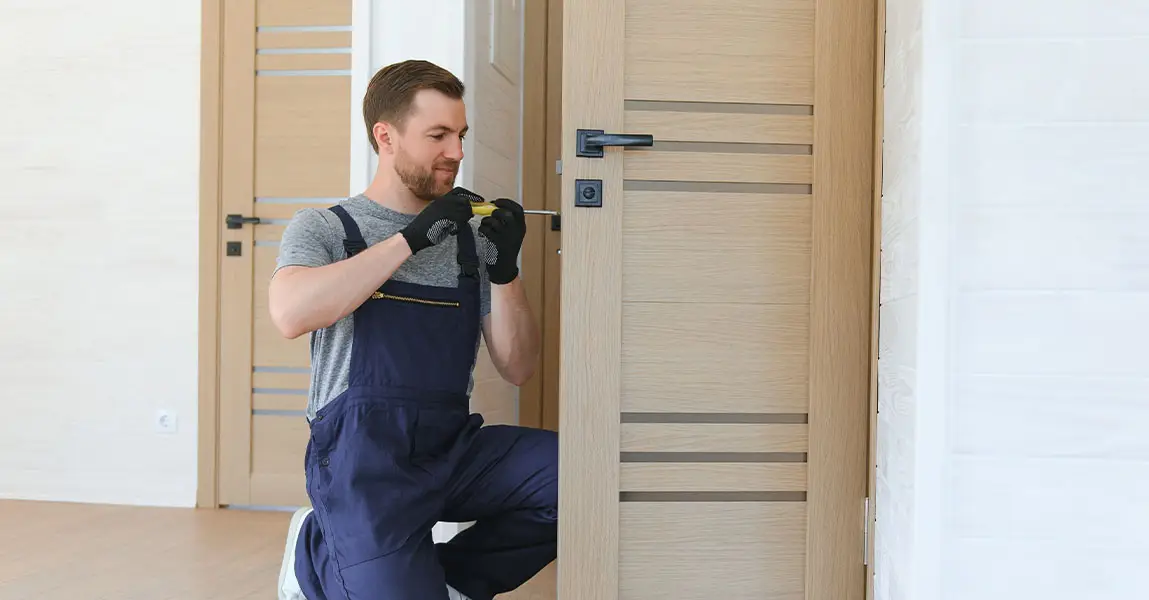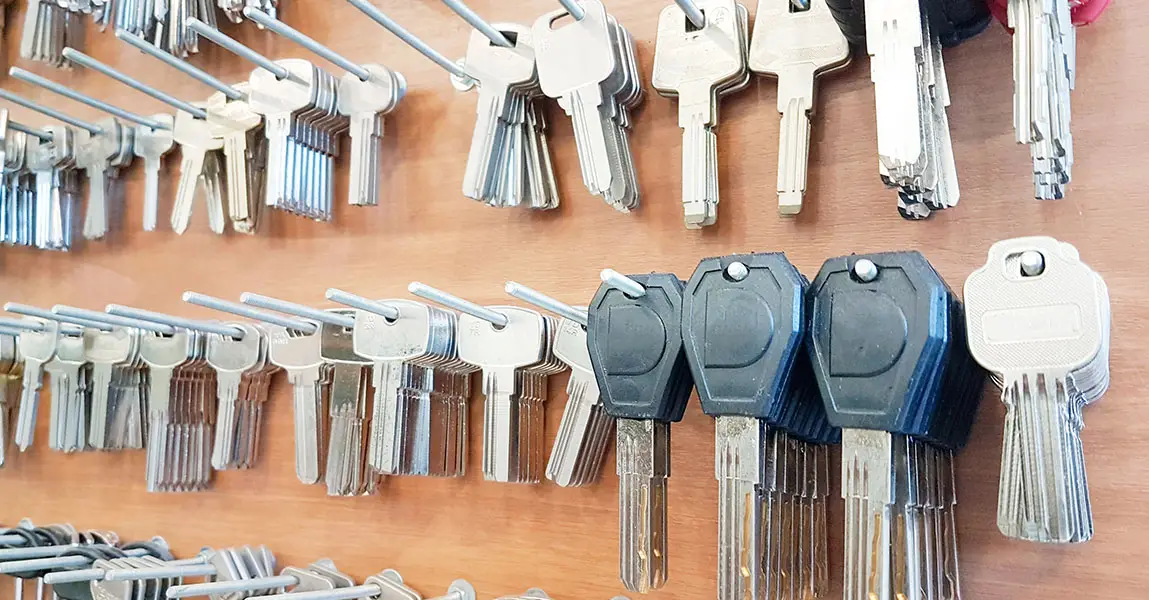Security in the workplace is no longer just about keeping doors locked. We need to manage who enters our spaces, when they enter, and how we can track access without adding stress to daily operations. This is where modern access control becomes a valuable tool. Offices that invest in proper systems create safer environments for their teams and protect their assets at the same time. By understanding the real benefits, we can see why this approach is becoming the standard.
Managing Access with Precision
Every office has areas that require different levels of security. We may want employees to move freely in shared spaces while restricting sensitive rooms like server storage or finance offices. A professional access control system allows us to customize permissions for individuals or groups. That means staff can focus on their roles without worrying about complicated security procedures. As a result, managers have peace of mind knowing only authorized people enter specific areas.
Such precision becomes even more important as companies grow. Temporary staff, contractors, and visitors can all be managed with digital credentials instead of physical keys. In other words, we avoid the hassle of rekeying locks every time someone leaves the organization. This not only saves time but also reduces long-term costs.
Better Security through Tracking
Knowing who enters and exits the office is a major advantage. Traditional locks cannot provide this information, but access control systems record every action. We gain clear data on who used a door, when they entered, and how long they stayed. This transparency helps us resolve disputes and address security incidents quickly. It also creates accountability, since employees understand that entry is recorded.
Furthermore, tracking supports safety in emergencies. If a fire alarm sounds, we can instantly see who is in the building. That way, evacuation checks become faster and more reliable. Consequently, these systems protect both people and property more effectively than a simple key system.
Reducing Risk of Key Misuse
Keys often create problems. They can be copied without permission, shared casually, or lost in public places. When that happens, the entire lock system becomes vulnerable. We either ignore the risk or spend money to replace locks. Access control removes this weakness. Credentials can be deactivated immediately if lost, which eliminates the need to physically change hardware. Similarly, temporary access codes can be provided for visitors and expire after use.
This control significantly reduces the chance of unauthorized entry. Offices can continue operations without interruptions caused by misplaced keys or costly lock changes. Our team works with peace of mind knowing that even if a card is misplaced, the system allows us to respond instantly.
Supporting Productivity
Security should never slow down daily tasks. Old systems often forced staff to carry heavy key rings or wait for someone with the right key. Access control speeds up movement within the workplace. Staff simply tap a card, enter a code, or use a mobile app. This keeps the flow of work smooth. Likewise, managers can adjust access remotely, which avoids the need for in-person handovers.
The convenience also extends to flexible work arrangements. Some employees may start earlier or finish later, and access control makes this possible without leaving the building exposed. Therefore, we provide a safe environment while supporting different working styles.
Integrating with Office Technology
Modern offices use a range of digital tools, from scheduling platforms to surveillance cameras. Access control can integrate with these systems for a more complete security plan. For example, entry records can sync with video footage to verify incidents. In the same vein, schedules can connect to access permissions, ensuring that doors open only when needed.
Integration also improves energy efficiency. Some systems link with lighting or climate controls, activating them when someone enters a room and turning them off when they leave. Above all, this creates a smarter office that saves resources without sacrificing safety.
Meeting Compliance Requirements
Many industries require strict protection of information and physical spaces. Whether it is financial records, client data, or health information, we must comply with regulations. An access control system supports compliance by proving that sensitive areas are protected and monitored. Audit logs demonstrate when and how access occurs, which helps during inspections or investigations.
By meeting these requirements, companies avoid penalties and show that they value responsibility. That credibility strengthens trust with clients and employees alike. In short, it is not only about safety but also about protecting the reputation of the business.
Professional Installation Matters
Installing access control may seem straightforward, but it requires technical knowledge to ensure reliability. A professional locksmith Calgary provides the right setup, from choosing suitable hardware to configuring software. Our team understands how to balance security with convenience, so the system works smoothly from day one. This professional approach prevents costly errors and ensures the system can expand with future needs.
Moreover, proper installation includes training for staff. Employees learn how to use their credentials, and managers understand how to update permissions. With expert guidance, the system becomes an asset instead of a complication.
Planning for Growth
Businesses rarely stay the same size forever. When new people join, we need a system that adapts without major disruption. Access control is scalable. We can add new credentials in minutes and set rules that suit new roles. For larger expansions, the system can grow to cover more doors and more locations. Therefore, offices avoid the expense of replacing outdated security solutions as they expand.
Scalability also works the other way. If the team shrinks, access can be removed just as easily. This flexibility makes access control a long-term solution rather than a short-term fix.
Encouraging a Safer Culture
Security is not just about hardware and software. It is also about how people behave in the workplace. Access control systems encourage a safer culture because they remind everyone that entry is monitored. Staff become more mindful about protecting spaces and respecting rules. Visitors also see a professional setup, which communicates that the office values safety.
In addition, having visible security reduces the chance of opportunistic incidents. Outsiders recognize that the office is not easy to access, which deters unwanted attention. Over time, this builds confidence among employees and clients who enter the space.
Cost Savings Over Time
While there is an upfront investment, access control saves money in the long run. Lost keys no longer require full lock replacements. Security staff can focus on more important tasks instead of manually checking entries. Energy integration reduces waste, and compliance reduces the chance of costly fines. Altogether, these savings outweigh the initial cost.
Maintenance is also simpler. Most updates happen through software, which does not require large expenses. This makes access control a practical financial decision as well as a security one. Offices that plan carefully often recover their investment faster than expected.
Making the Move
When we look at all the advantages, it becomes clear that access control is more than a convenience. It protects people, supports productivity, and prepares offices for the future. If you are ready to explore how this can work in your space, reach out through contact us and our team will guide you through the process.
FAQ
What is the main benefit of access control for an office?
It allows us to manage who enters different spaces while avoiding the risks of lost or copied keys.
Can we track employees using these systems?
Yes, the system records entries and exits, providing useful information for security and safety purposes.
Is access control only useful for large companies?
No, even small offices benefit because it prevents key misuse and supports flexible working hours.
How does it help during emergencies?
The system shows who is inside the building, which makes evacuation checks faster and safer.
Do we need special training to use it?
Staff only need a short introduction. Most systems are simple, and managers can handle adjustments with basic guidance.










